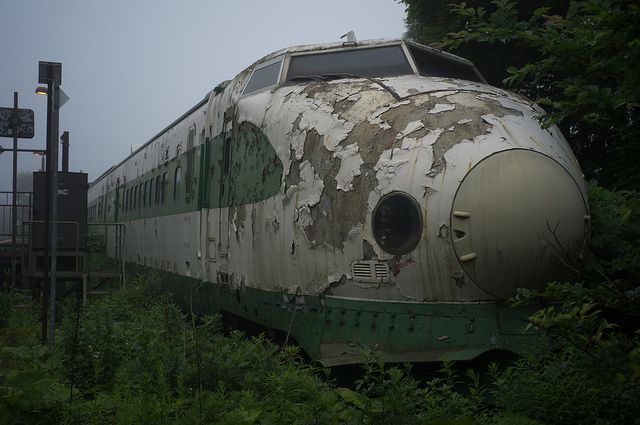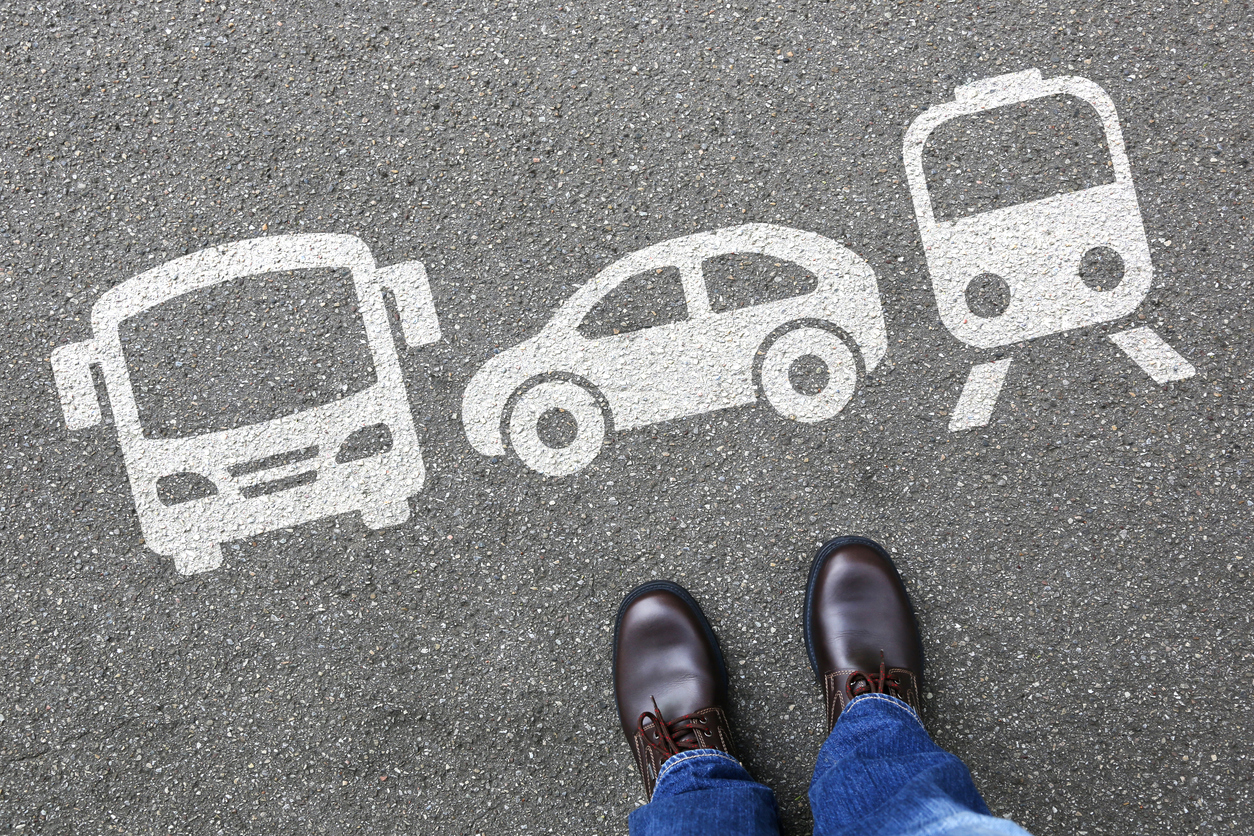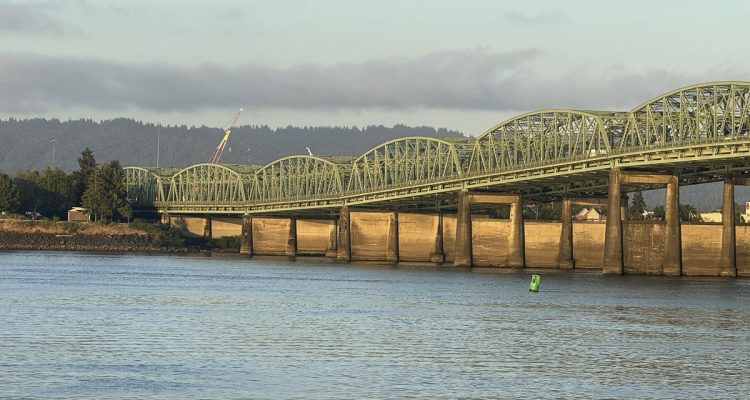In Olympia the state House and Senate are attempting to reconcile their transportation budgets. The total dollar amounts aren’t far apart. The House budget proposes to spend $14.3 billion while the Senate proposal comes in at $14.6 billion. But as is often the case, hard to reconcile differences are in the details.
One of those differences is funding to begin planning for a proposed “Ultra High-Speed Rail” line that would run from Portland Oregon, through the Puget Sound region, and up to Vancouver, B.C. This is not the first time the legislature has considered providing seed money for the project. In the 2023 transportation budget the legislature made $50 million available, but that funding was contingent on securing a Federal Railroad Administration grant. WSDOT did not get the grant, which freed up the state funds for other needs.
In the 2024 supplemental budget now being hashed out in Olympia, the Senate restores the $50 million for High-Speed Rail while the House version does not. As before, WSDOT intends to use the funding as match for a Federal grant they hope to secure on the next go-round. Though, curiously, WSDOT testified before the Senate Transportation Committee that only $25 million was needed to match the Federal grant, not the full $50 million in the Senate budget.
In any case, before approving the budget the legislature would be well advised to take a look at the findings of the “Independent Review of Cascadia Ultra High Speed Ground Transportation System” they commissioned last year. https://leg.wa.gov/JTC/Documents/Studies/2022%20studies/UHSGTReviewReportFINAL.pdf
The findings included:
- Speed assumption – The review notes that “the assumed maximum speeds are higher than any system currently in existence,” and, “average speeds and travel times – which are key inputs to ridership and revenue estimates – are likely on the faster end of the realistic range when compared to existing systems.” In other words, it wouldn’t really be “Ultra” high-speed, and if more realistic speeds are assumed the service would attract fewer riders and generate less revenue.
- Cost increases – “We find the previous cost analysis to be unreasonably low due to escalating capital construction costs, and unreasonable tunnel-related construction costs due to low per-mile costs and potential under-estimation of the extent of tunneling necessary to achieve proposed speed and travel time targets.” And further, “absent any other changes, the $24-42 billion capital cost estimates presented in the 2018 study would now be equivalent to $36-63 billion.” That’s a 50% increase in cost before design work has even begun.
- Unrealistic modal assumptions – The analysis did not assume improvements in the speed and frequency of competing modes. “Because it is highly likely that air and bus fares and service levels, fuel prices, and highway travel times will change in the future (but are unchanged in the model), this assumption could result in unrealistic forecasts of future mode shares.” Airline service in the corridor has already improved with faster jets and more service. Over the next 20 years aviation and automotive technology will continue to improve the alternatives to high-speed rail.
- Flawed survey used to forecast ridership – “The survey sample was not necessarily fully representative of current corridor travelers and in particular was skewed by a large portion of the sample who were recruited through social media and outreach channels.” A more representative sample would have resulted in lower ridership forecasts. The consultants fail to mention that ridership on the Amtrak Cascades service connecting the same cities peaked in 2011, and ridership on Sound Transit’s commuter rail service between Tacoma, Seattle, and Everett is less than half what it was prior to COVID. This suggests the future market for rail service in the I-5 corridor may be much lower than assumed in prior studies.
- Geographic obstacles – “Significant constraints exist for the 80-90 miles of alignment in urban areas for which current rights-of-way do not seem feasible for high-speed operations and for which tunnels, significant right-of-way acquisitions, and/or alternative corridors should be examined.” In this case “significant constraints” is a euphemism for the homes, highways, rivers, and other geographic obstacles that would need to be removed or crossed. There is no low-cost, low-impact alignment for high-speed rail connecting the major cities in the I-5 corridor.
These findings cast considerable doubt on key aspects of the proposal. The likely cost would be tens of billions of dollars higher than had been hoped, ridership is likely to be significantly lower, and the challenges of constructing a new 300-mile long rail line through the urbanized I-5 corridor would require extensive tunneling and take decades to complete.
Despite these serious drawbacks the proposal still has its supporters. Last Sunday’s Seattle Times included a full-page promotional piece paid for by Microsoft that touted the proposal, along with a bunch of on-line ads. That public-relations offensive, timed to coincide with legislative budget deliberations, shows it’s nice to have supporters with deep pockets. It does not, however, show the project makes any sense. Nor does the promotional material address the substantive problems identified in the Legislature’s 2023 review. Instead, the promotional material makes extravagant claims such as environmental benefits and a reduction in I-5 congestion. The reality is very different. The enormous amount of energy consumed in construction, including energy-intensive materials such as cement and steel, would give the project a huge carbon footprint. Clearing all trees from several thousand acres of right-of-way would also be detrimental from an environmental perspective. As for reducing congestion, early forecasts indicated the line would carry only a fraction of one percent of trips in the I-5 corridor, which is not enough to reduce congestion.
The promotional materials in the Times ad also refer to the California High-Speed Rail project, which has been under construction for the last dozen years. They fail to mention the cost of that project has tripled, construction is more than a decade behind schedule, ridership forecasts have been scaled back, and they still don’t know how, or whether, they will be able to complete the project. That isn’t a model Washington State should emulate.
When funding is limited tough decisions need to be made. As this year’s budget negotiations have shown, Washington State is already facing a multi-billion dollar shortfall for basic highway and bridge maintenance, completion of needed projects such as the SR 520 connection to I-5 and the North-South Freeway in Spokane, and to pay for the court-ordered removal of culverts that block migrating salmon. Addressing those urgent needs is clearly a much higher priority than throwing $50 million at a ridiculously expensive vanity project that wouldn’t solve the State’s transportation or environmental problems.






